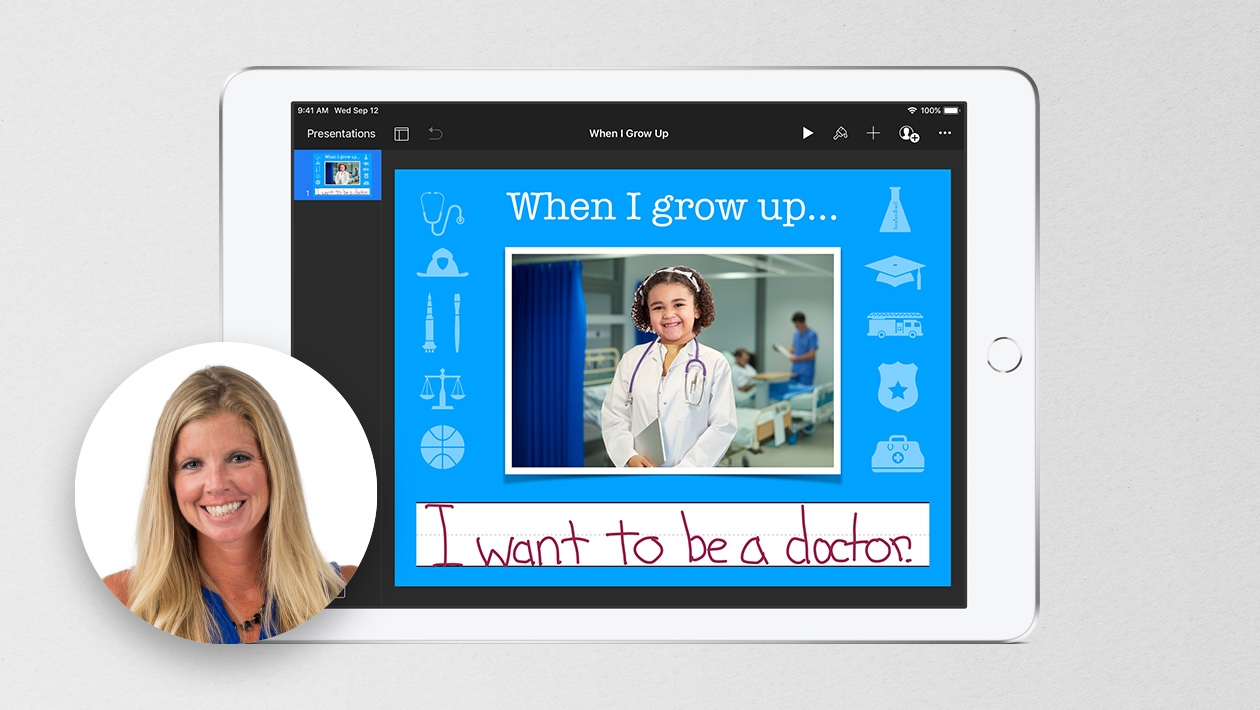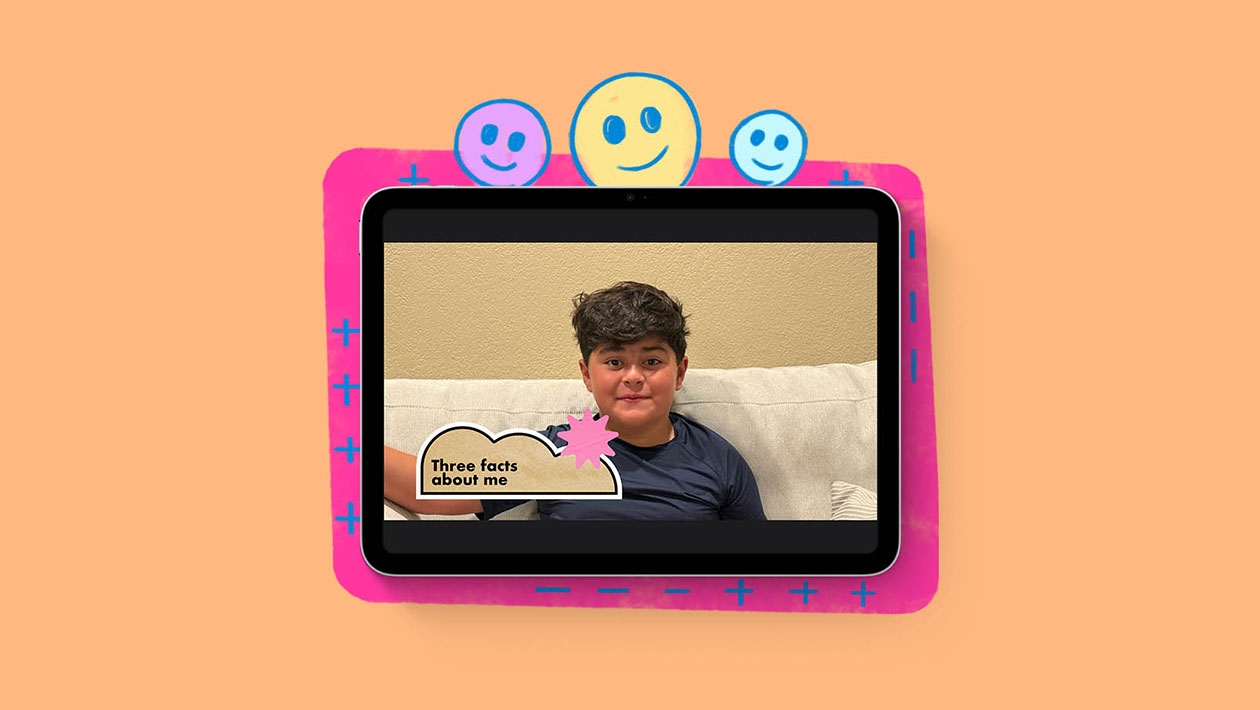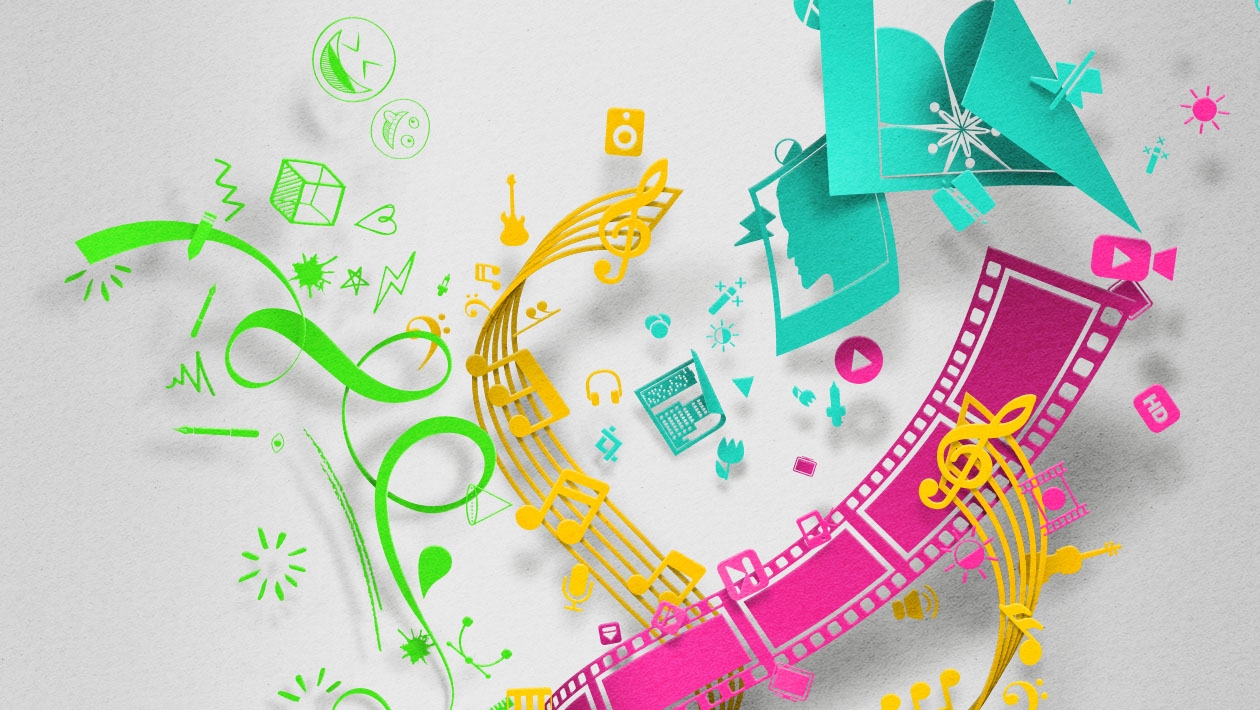Generative AI creates text, images, music, and other expressions we associate with creativity. Sometimes we are surprised by the results. But is it creativity? Is it the same as human creativity?
I think the answer is no, machine and human creativity are not the same. In fact, I don't think we should even call artificial intelligence's inventions creativity, at least not as the technology exists today. I will explain this in three parts:
1) Human creativity and machine "creativity"
There are differences between how human creativity and machine inventions arise. Even though generative AI may seem to have knowledge about most things, good memory, and the ability to come up with many exciting things, this is, as we know, only apparent. A language model has no understanding, relatively poor memory, and no imaginative capacity it can use to invent things. Simplified, we can say that all it can do is combine two things:
- Calculate what is statistically the most likely next "token," which for simplicity we can translate as syllable. The probability is calculated based on the material the technology has been trained on.
- Adjust its response according to a set of parameters and instructions, or prompts, determined by humans. Some prompts can be entered by the user. Others are built into the system by developers, and we rarely or never gain insight into these.
Fundamentally, this is all it can do. What some call creativity in generative AI is created by instructing it (2) to change the response from the most likely to something that is not quite as likely (1). But it is still based on statistics.
What is called "creativity" in generative AI is thus a calculated deviation from what is statistically probable.
Human creativity, on the other hand, is the result of an intricate interplay between:
- knowledge, memories, experience, sensory perceptions, emotions
- intuition, dreams, and metaphors
- intention, contextual understanding
- unpredictable impulses (which we don't fully understand)
...and surely more.
Humans have sensory, intellectual, and emotional experiences from the physical world, which AI does not have. And most importantly, humans have the ability to be creative with intention. This in itself constitutes significant, essential, and qualitative differences. In addition come the rest of the mentioned factors.
Are we willing to equate this with a calculated deviation from what is statistically probable? AI can give us surprising responses that we wouldn't have thought of ourselves. But the differences in how this response arises are so fundamental that it doesn't make sense to use the same term. Creativity is not the same as statistics.
2) What you will not get with today's AI technology
The training data forms the basis for all responses a generative AI service gives us. So far, these are largely created by humans. (Perhaps not so "artificial" after all, but that's another discussion.) This means that the AI service does not have the ability to go beyond what it finds or can derive from the training data. It can, for example, find connections and patterns that you and I wouldn't see, partly because it can apply enormous amounts of data and calculate incredibly quickly. But still, there are some things we cannot get with today's AI technology.
We will not get responses that we don't already realize could be a good idea. This is related to the fact that the response answers what we fundamentally understand we can ask for.
But inventions, ideas, and creativity also come as a result of experiences we didn't know were possible. Examples of this can be penicillin, which was discovered because Alexander Fleming in 1928 hadn't cleaned his lab before going on vacation, and Velcro, which was developed when George de Mestral observed how seeds attached to his dog's fur. Examples from art can be when expressionists were inspired by random brush strokes or a jazz musician who lets a wrong note, and the recovery from it, become part of the improvisation. To the extent that generative AI can do such things, it's because it calculates that it might fit into a style - or because one asks for a calculated deviation.
3) Is the so-called "creative" becoming increasingly narrower?
As more and more data (text, music, images, video, etc.) is generated by AI, we may find ourselves in a situation where an increasing proportion of AI training material is created by AI. This implies a decreasing proportion of data in the training material with original ideas, based on human potentially disruptive creativity.
If this happens, won't then less and less of the statistically probable response (machine creativity) resemble human creativity?
One might object that we are only in the very beginning when it comes to generative AI and that this will be solved. Perhaps. But then again, this article is written with today's tools in mind, how we use them, and how we talk about them.
Why is this important?
Because mixing up human and machine ways of creating ideas can contribute to undervaluing and reducing our access to creativity.
What might be useful actions?
- Contribute to understanding the distinction between human and machine ways of generating new ideas.
- Continue to recognize the value of human creativity - and reflect on what we lose if it is replaced by machines.
- Continue to develop human creativity, especially in work with children and young people.
-------------
This text was translated from Norwegian, using Claude 3.7 Sonnet
Photo by Jakob Owens on Unsplash









May 18, 2025 . English
English
Hi Eldar
You make a really strong and convincing argument that human and machine creativity operate on fundamentally different levels. The way you clearly explain that AI essentially works through probabilities based on its training data makes the distinction from human creativity, with all its messy mix of emotions, experiences, and intentions, really easy to grasp.
It definitely makes you stop and think about the true meaning of "creativity" and whether that's a label we should be applying equally to both...
Thanks for sharing!
This action is unavailable while under moderation.
This action is unavailable while under moderation.